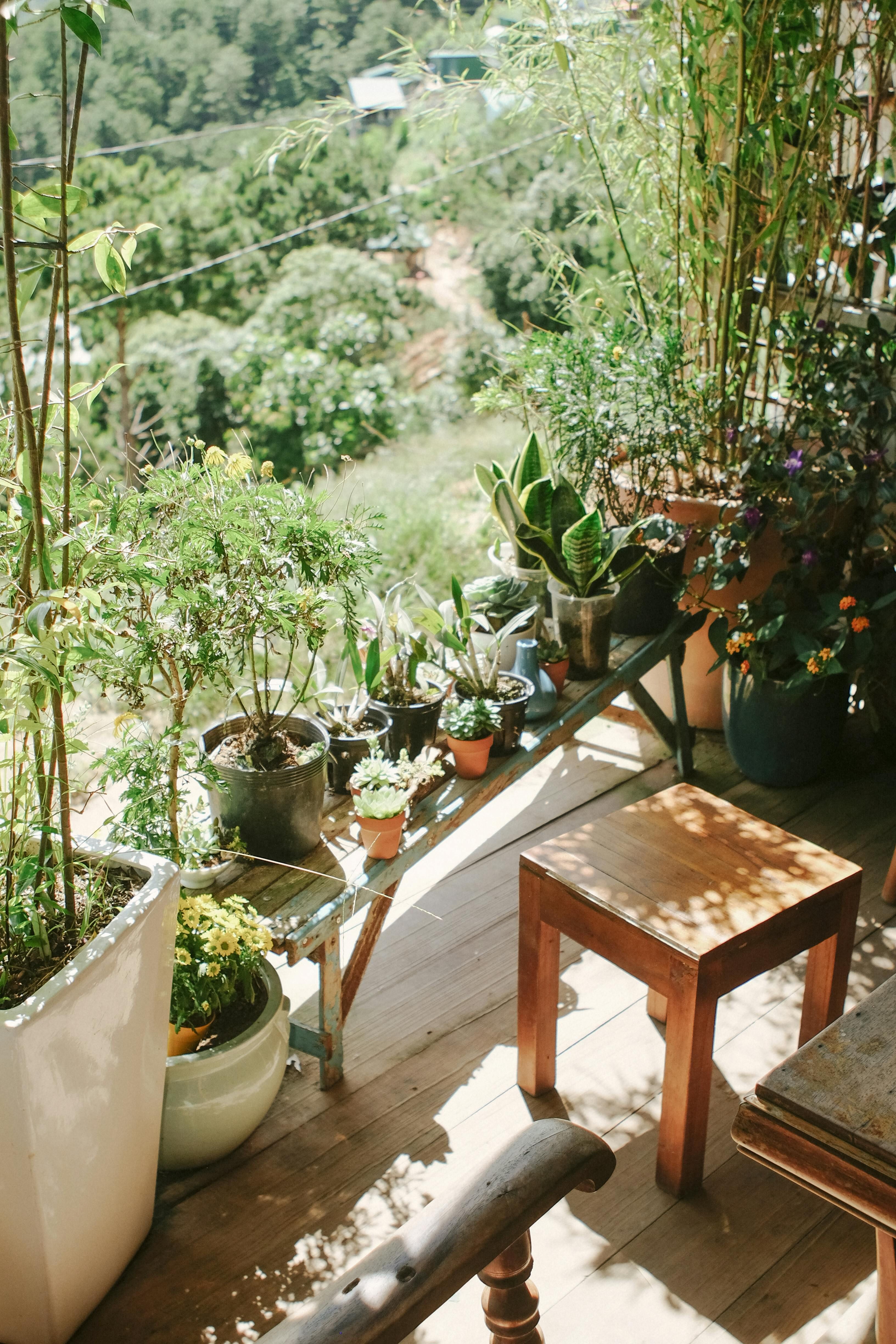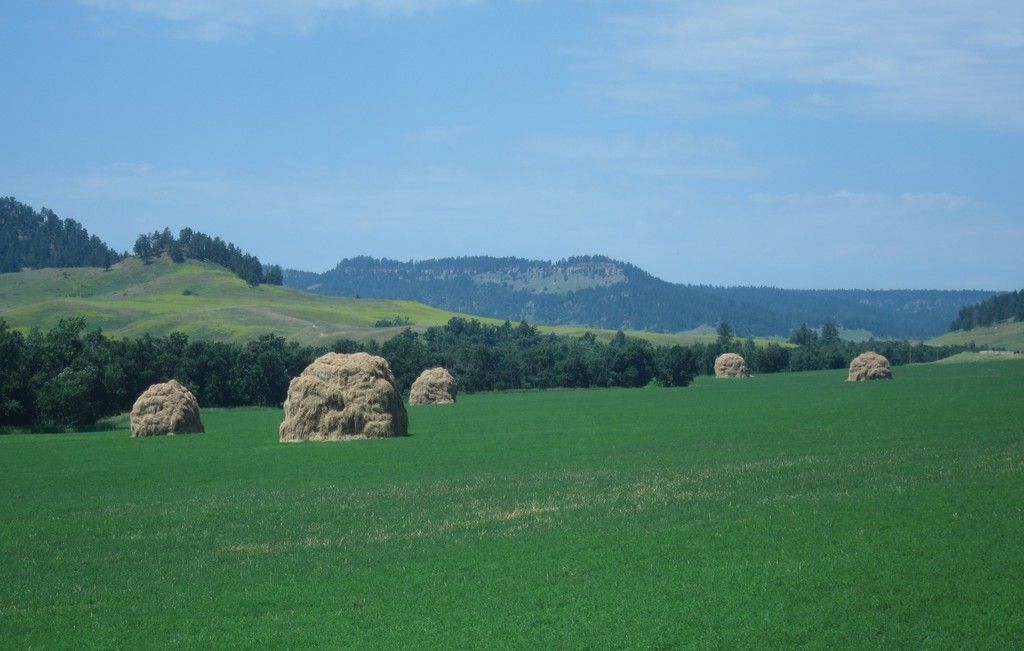Guidelines for Transitioning Indoor Plants to Outdoors during Spring and Summer
Outdoor time is a delightful change for indoor plants after a long winter indoors. The bright summer sun, fresh air, and occasional rain showers all help foster new growth. But moving plants outside demands work and dedication. An abrupt change in the environment can cause stress and potential harm to your green friends.
Here, gardening experts have shared tips on when to move your plants outside and how to guarantee a smooth transition.
Joanne Dietz is the owner, farmer, and operator of Mad River Garlic Growers, a Certified Organic farm by OEFFA. Notably, Bill Miller is a professor at the School of Integrative Plant Science, Horticulture Section at Cornell University.
Let's Get Those Plants Out of Dodge
Transition plants outside when temperatures consistently hover around 50 to 60 degrees Fahrenheit during the day. Moving plants outside early spring may seem appealing, but it might damage most houseplants, particularly those in colder climates with late frosts.
"Houseplants we grow in containers are typically tropical or semi-tropical," says Bill Miller, horticulture professor at Cornell University. Moving plants out too soon can lead to a chilling injury, similar to bananas discouraged by refrigerator storage.
Refer to the USDA Hardiness Zone Map for an estimated last frost date in your area. Waiting for nighttime temperatures to hit 55 degrees Fahrenheit is safe, Miller added.
The Hardening Off Process
Moving plants outside requires the hardening-off process. This gradual acclimatization to outdoor conditions helps plants adapt to temperature fluctuations, wind, and changes in sunlight. Overexposure to sunlight can damage the chlorophyll and leaves, so the hardening-off process is indispensable.
Following, Dietz offers her expert tips for a successful and gentle transition of your plants into the great outdoors.
- Begin the hardening-off process about one to two weeks before moving your plants outside for spring and summer.
- Place the plants on a covered porch or in a sheltered spot with moderate shade for a few hours each day.
- Gradually increase their outside time by an hour or two each day.
- Once they've adjusted to the morning sun, build up to full sun exposure.
- Water daily, taking care not to overwater as the growing medium should feel damp but not overly wet.
- As temperatures consistently stay above 50 degrees, the plants can remain outside overnight. (Bring inside if temperatures dip below 45 degrees Fahrenheit).
Avoid hardening off plants during windy or rainy conditions, which can damage plants. Dietz advises that strong winds early in the hardening-off process can quickly dry out tender leaves.
Hardening Off Plants Based on Type
Though the hardening-off process for seedlings, fruit trees, flowering plants, and houseplants share similarities, there are differences.
- Flowering plants: Certain flowering plants, like fuchsia, enter a dormant phase during winter and are often kept in basements or garages. To revive these plants in spring, place them by a sunny window and let them acclimate to the light. Once the risk of frost has passed, follow the regular hardening-off process.
- Houseplants: Many houseplants hail from tropical climates with high humidity levels. Those living in arid areas or those experiencing dry summers should consider misting their plants during the transition.
- Fruit trees: Transitioning potted fruit trees from indoors to outdoors can be difficult. To make the process smoother, think about placing your fruit tree on a wheeled cart, making it easier to transport and relocate.
- Seedlings: Due to their vulnerability, seedlings should be sheltered from harsh elements like strong winds and intense sunlight. Position them next to your house for protection.
Key Takeaways for Moving Plants Outdoors
Moving plants back indoors in the fall may cause some varieties to drop their leaves, a natural response to less light. "The remaining leaves and new ones to be formed will then be tolerant of lower indoor light," says Miller.
Increased outdoor conditions can result in an increased demand for water and fertilizer. "Remember that exposure to sun and wind can lead to significant water loss from plants," Miller warns. Keep a close eye on your plants to ensure they remain well-hydrated.
Maintaining a proper growing environment for your plants is critical for a successful transition from indoors to outdoors. Following the recommended guidelines and hardening-off process can help your plants flourish and thrive outdoors.
- Houseplants should be moved outside when temperatures consistently remain between 50 to 60 degrees Fahrenheit during the day, as early spring movement may harm them, especially those from colder regions with late frosts.
- Bill Miller, a horticale professor at Cornell University, advises that moving plants outside too soon can lead to a chilling injury, similar to bananas damaged by refrigerator storage.
- The hardening-off process is essential when moving plants outside. This gradual acclimatization to outdoor conditions helps plants adapt to temperature fluctuations, wind, and changes in sunlight.
- Joanne Dietz, the owner of Mad River Garlic Growers, suggests beginning the hardening-off process about one to two weeks before moving plants outside for spring and summer. This process includes placing the plants on a covered porch or in a sheltered spot with moderate shade for a few hours each day, gradually increasing their outside time, and maintaining proper watering.






